RED has released a video which demonstrates the efficiency of its codec, the REDCODE. The video links to a user-friendly explanation on RED’s website showing the main benefits of using REDCODE compared to other codecs like ARRIRAW and ProRes. Plus, new RED LUTs are on the way. Let’s take a look.
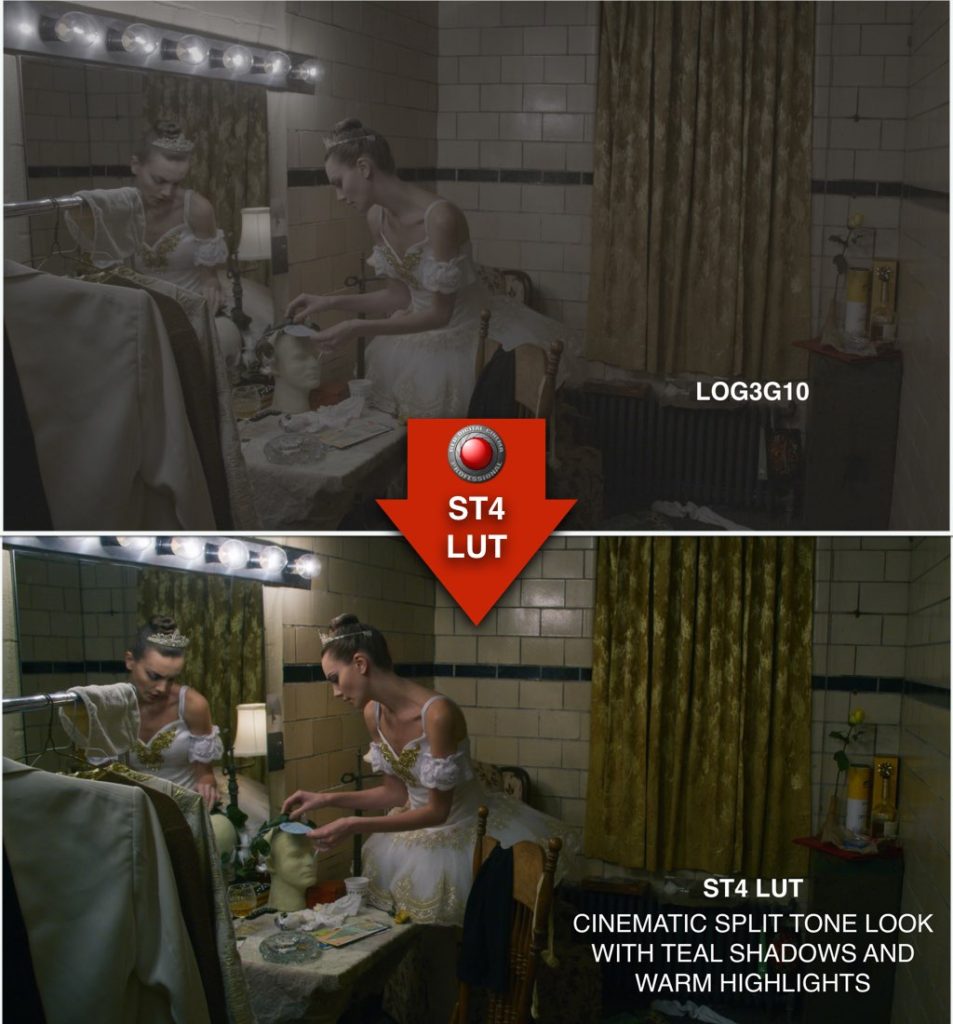
The controversy around the REDCODE patent
We can’t ignore the timing of this publication by RED, just after Apple’s petition was denied. For those of you who are not familiar with this case, here a quick synopsis. Apple has filed a petition to the United States Patent and Trademark Office (USPTO) to review and challenge RED’s patent regarding REDCODE. However, the USPTO concluded that RED’s REDCODE is eligible patent belonged to RED and denied Apple’s petition.
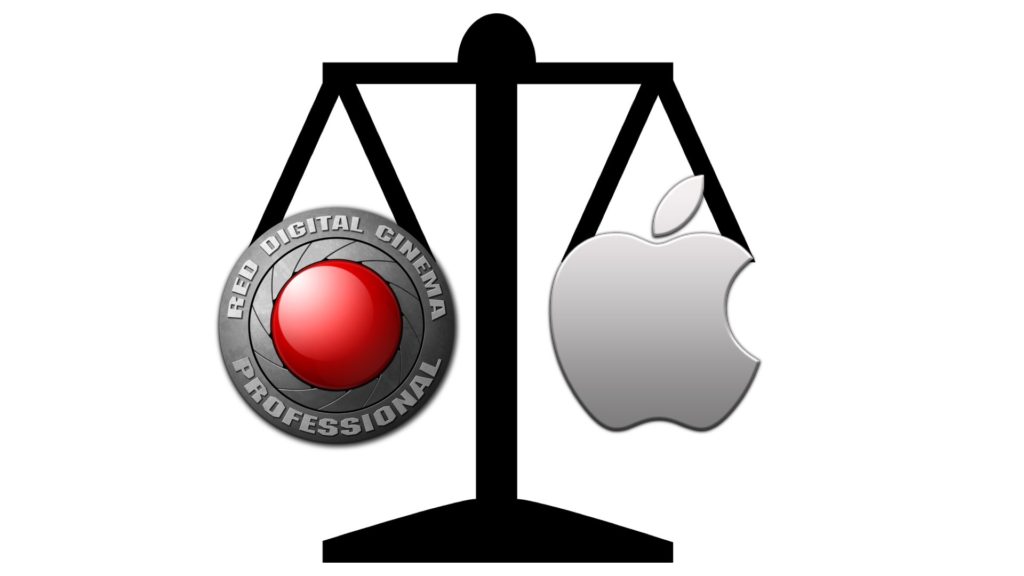
Anyway, RED has just published a user-friendly explanation regarding its REDCODE. Let’s dive in.
REDCODE: Compression without quality reduction
We have written an interesting article titled: “A Thesis: RED’s 8K Reduces Data Rate and File Size due to Compression Resistance,” which summarises high-level explanation regarding the WAVELET methodology that RED utilizes. For those of you who’d like to dive in further, explore this excellent educating deck presented by Micahel Cioni, former SVP of Innovation at Panavision. The presentation demonstrates the benefits of the 8K workflow. Watch it below:
“The first cinematic RAW.”
According to RED, the REDCODE is the first cinematic RAW. While this is a bit of an exaggerating statement, there are a lot of advantages of using R3d files over other uncompressed RAW. This codec allows you to balance your r3d data so that 8k RAW is smaller than 4k ProRes 4444 while maintaining the flexibility of a raw workflow. RED claims that the REDCODE RAW allows four times the comparable resolution and more recording time than the competition. Additionally, The REDCODE codec, combined with RED’s enhanced image processing pipeline (IPP2), allows the privilege of achieving outstanding imagery. Watch the video below to explore more about REDCODE RAW:
From flat to the final grade: New RED LUTs are on the way
According to the webpage, an amount of 24 LUTs was developed in collaboration with colorists. Those “RED LUT” pack will be available for download soon (we’ll keep you posted when they are available). Meanwhile, you can examine them on the webpage. Check out the patterns below:
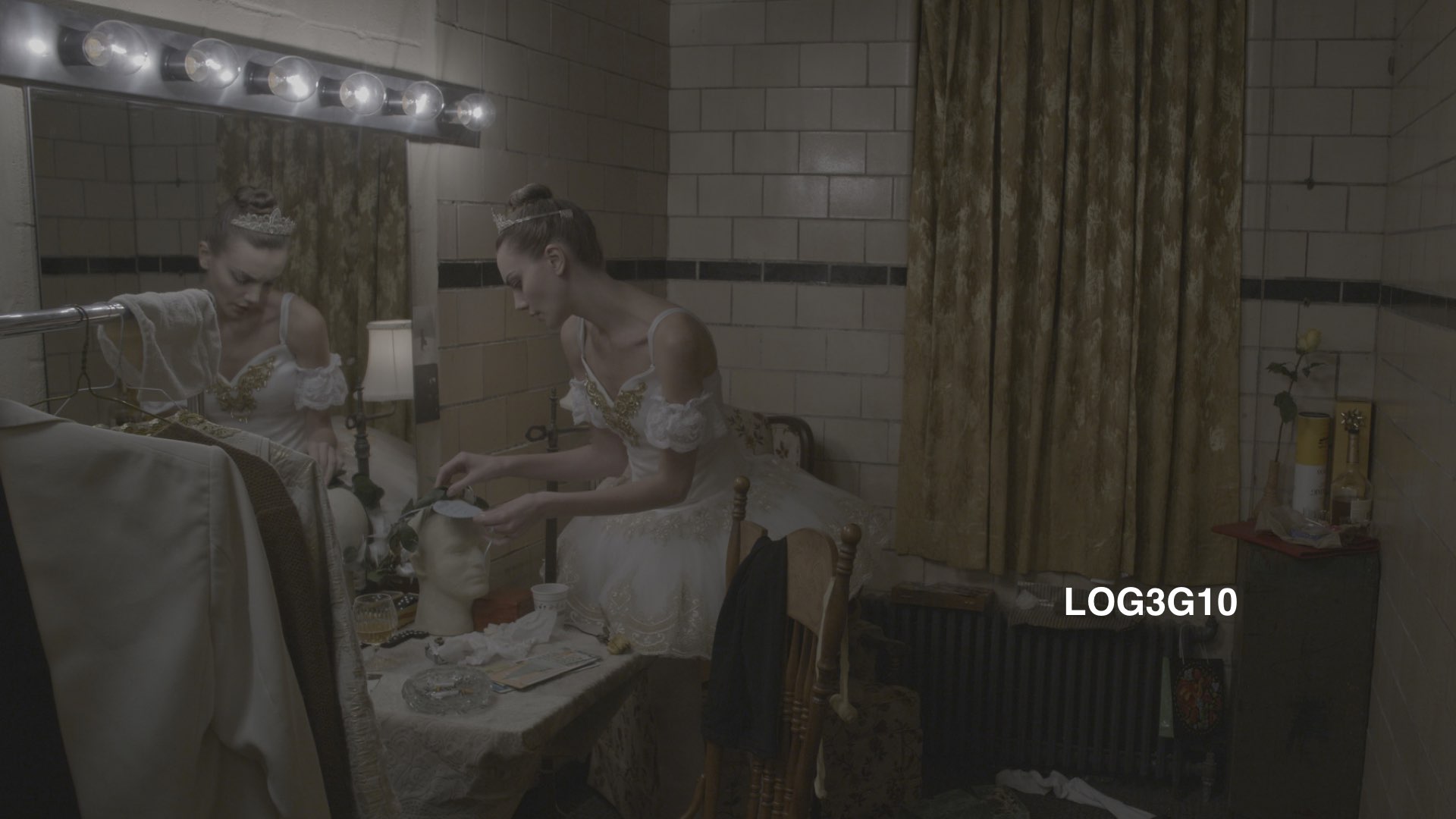
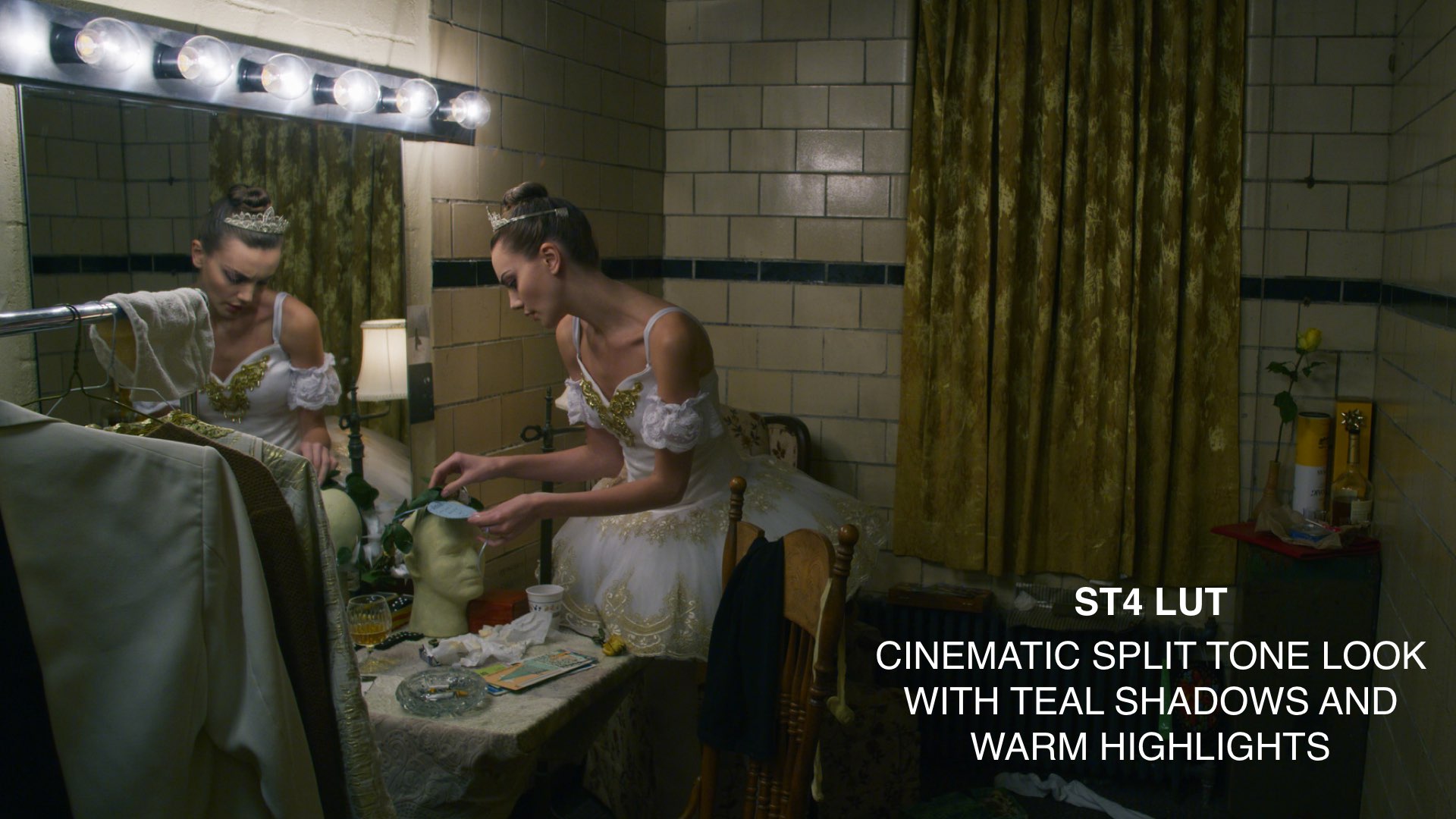
REDCODE vs. ARRIRAW
Another interesting (and known) comparison shown by RED is the bit-rate and recording time of the r3d files compared to ARRIRAW. Take a look at the graph below, which highlights the differences between REDCODE and ARRIRAW and the affected recording time:
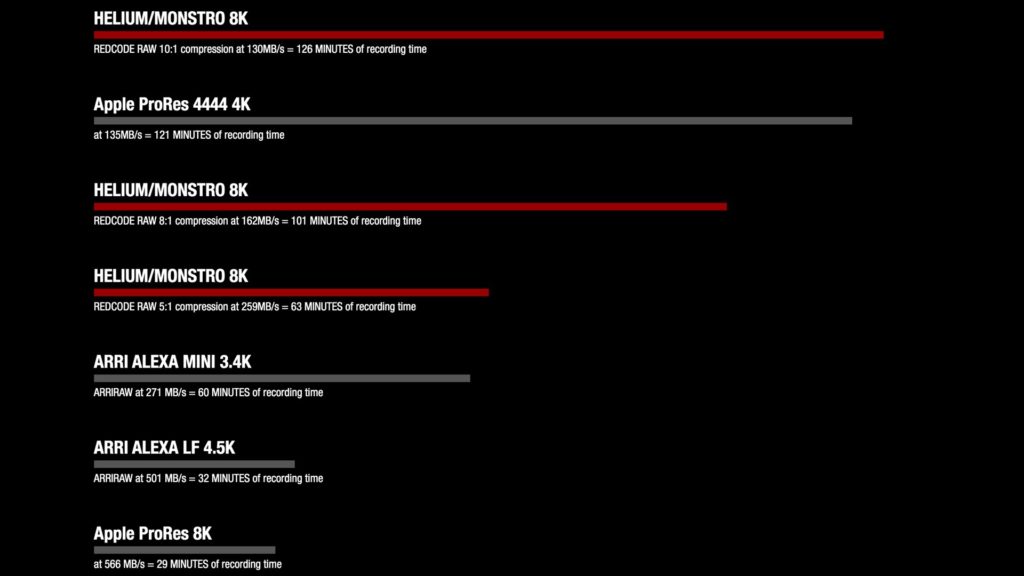
Furthermore, we wrote an article dedicated to data consumption by digital cinema cameras. Explore the high-level RAW Data Consumption Chart (MB/Sec) below:
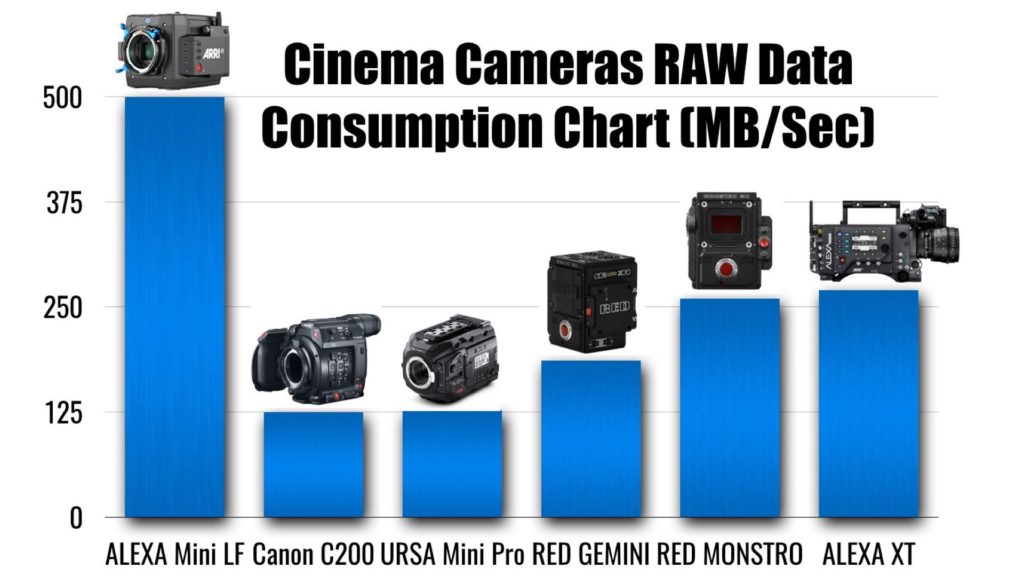
The Data consumption in this chart is defined as recording in MAXIMUM RESOLUTION in the specific RAW format (ARRIRAW, REDCODE RAW, Cinema RAW Light, BRAW, etc.) in 24 FPS.
The Data is:
- ALEXA XT: ARRIRAW, OG 3.4K= 270 MB/s
- ALEXA LF/Mini LF: ARRIRAW, OG 4.5K= 500 MB/s
- ALEXA 65: ARRIRAW, OG 6.5K= 740 MB/s
- ARRI Amira: ARRIRAW, 2.8K= 165 MB/s
- RED MONSTRO: REDCODE 5:1, 8K= 260 MB/s
- RED GEMINI: REDCODE 3:1, 5K= 186 MB/s
- RED DRAGON-X: REDCODE 2:1, 5K= 250 MB/s
- RED RAVEN: REDCODE 3:1, 4.5K= 120 MB/s
- URSA Mini Pro: BRAW 3:1, 4K= 127 MB/s
- Canon C200: Cinema RAW Light, 4K= 125 MB/s
For the more comprehensive and detailed chart see below:
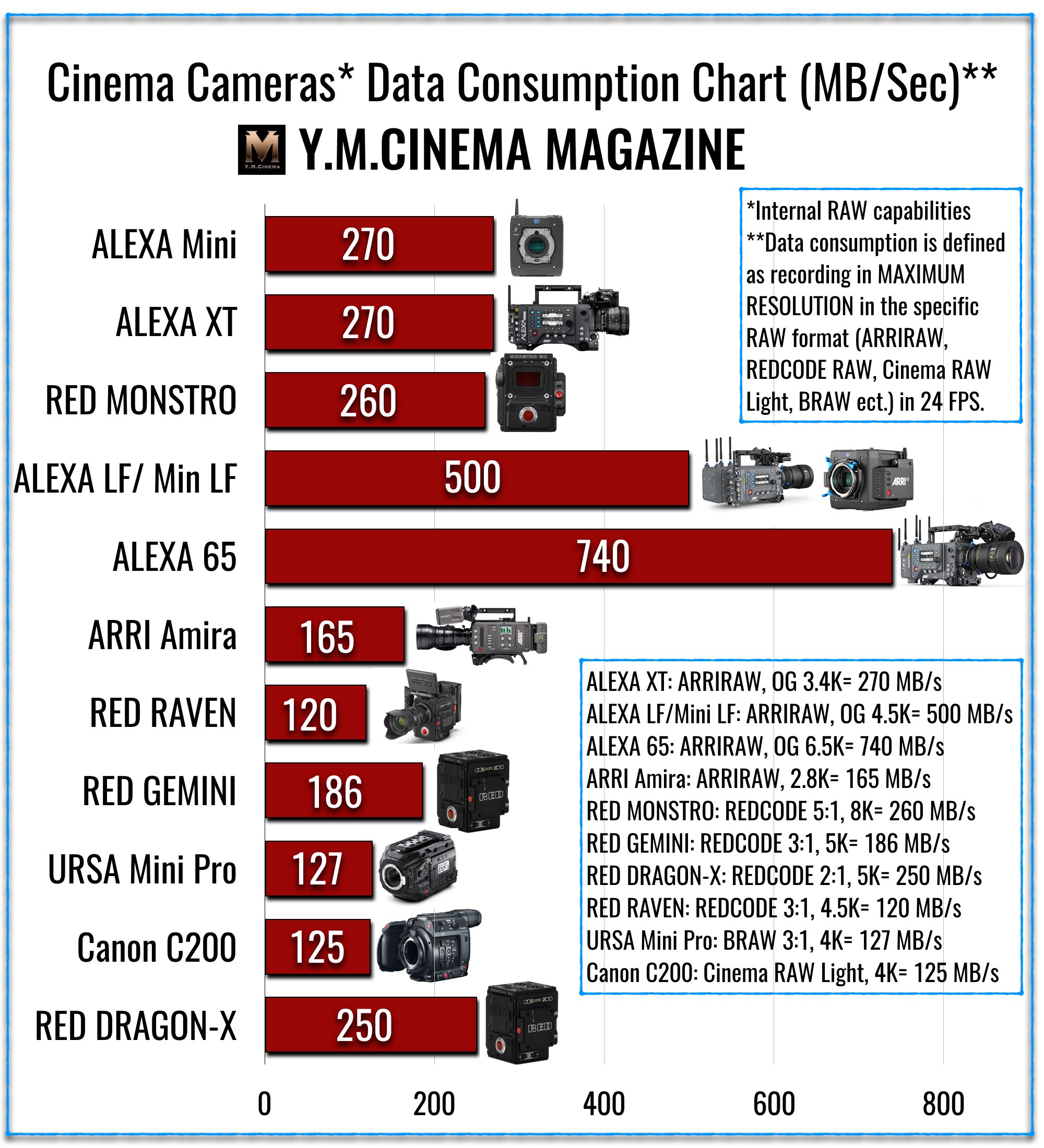
Those charts enable you to compare data consumption derived from a specific codec, and thus calculate the recording time.
Final thoughts
Controlling the data rate (or bitrate) is crucial for the calculation of recording time and more parameters. The privilege that the REDCODE allows (compression without a significant quality reduction) is awe-inspiring. It’s important to note that RED is not the sole digital cinema camera company that offers that privilege. Blackmagic offers it as well with precise execution and implementation (image quality to bitrate ratio) on its high-end cameras. Bt the way, it’s essential to mention the compression limitation by Netflix (RED: up to 8:1 compression rate, Blackmagic: up to 5:1 BRAW compression rate).
Should ARRI also develop the option to compress its ARRIRAW? Imagine shooting ARRIRAW 12:1. That would be nice. What do you think? Comment below.


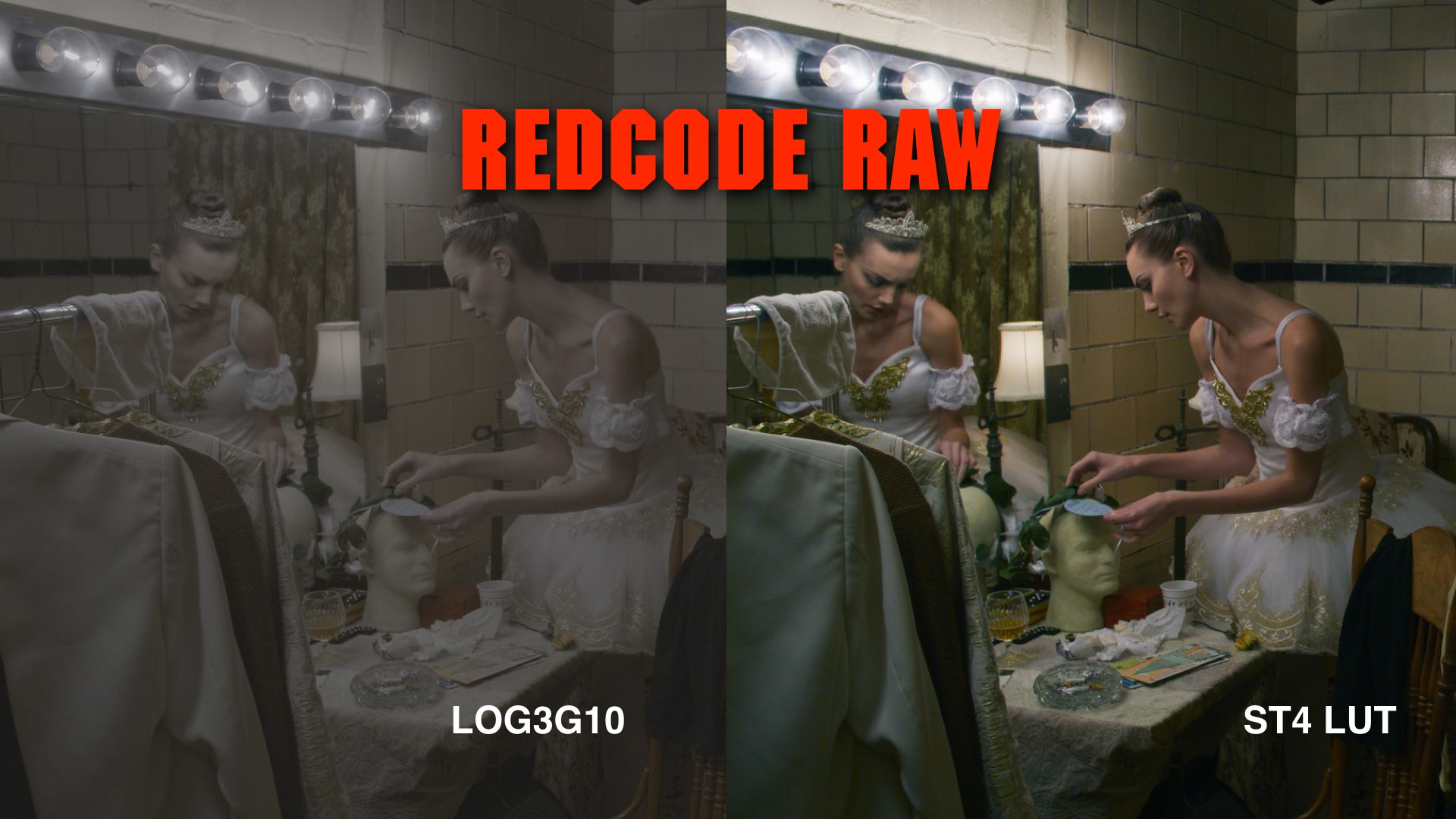
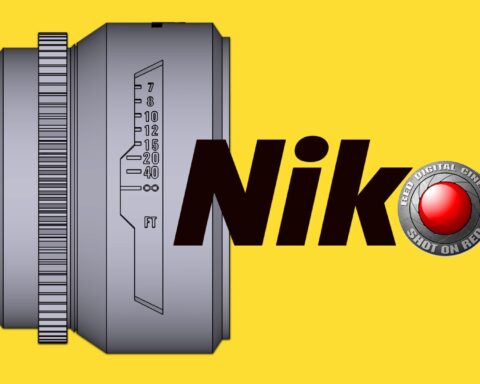

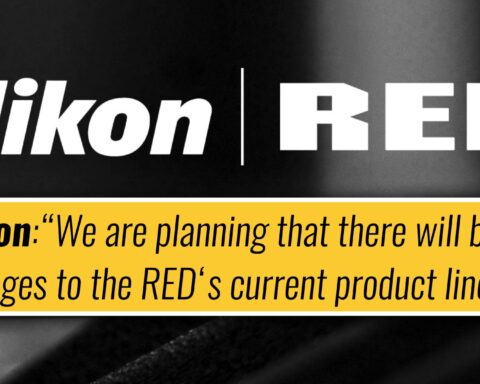
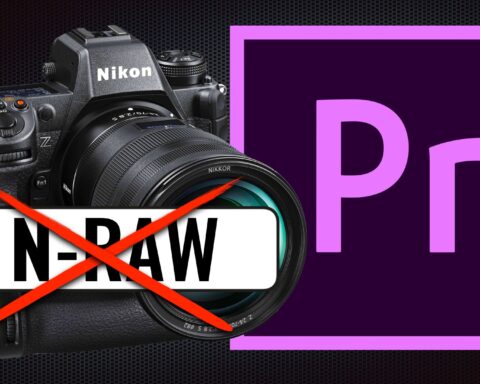
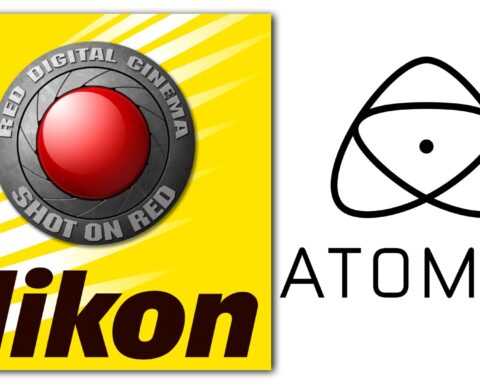


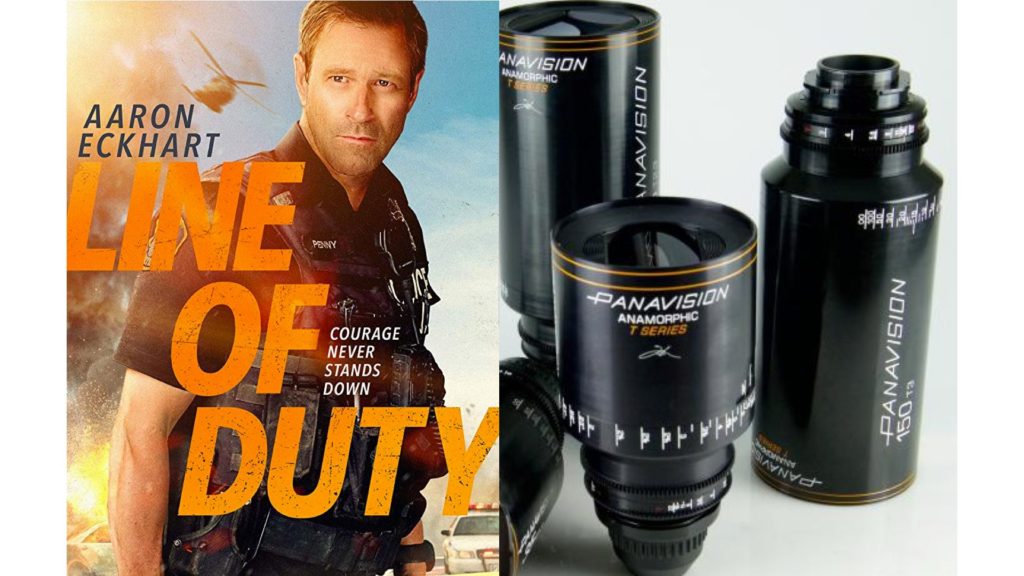
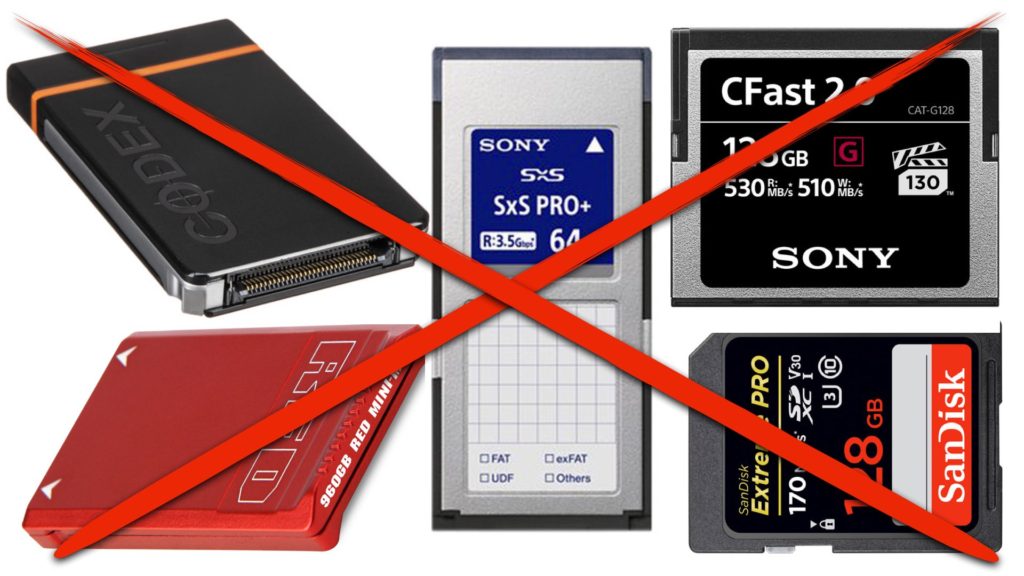
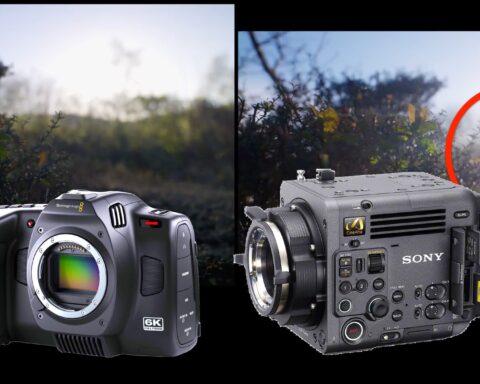
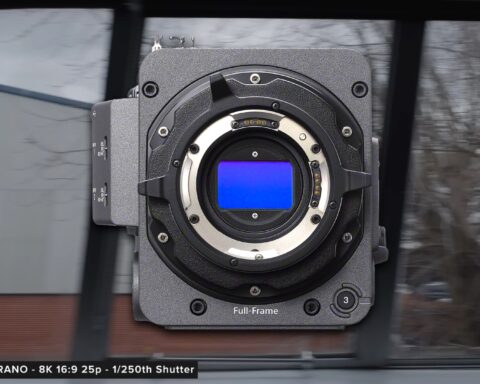
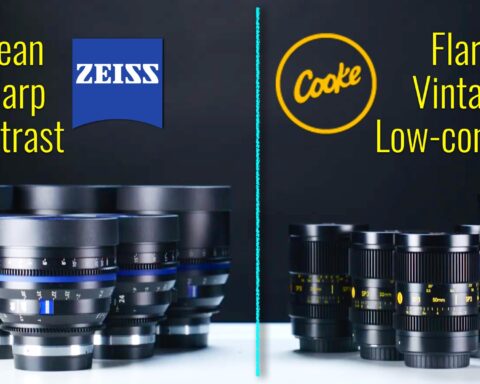
![RED V-Raptor OG vs. [X] vs. ARRI ALEXA 35: Dynamic Range Insights](https://u7s8g8p6.rocketcdn.me/wp-content/uploads/2024/02/red-v-raptor-x-arri-alexa-35-480x384.jpeg)
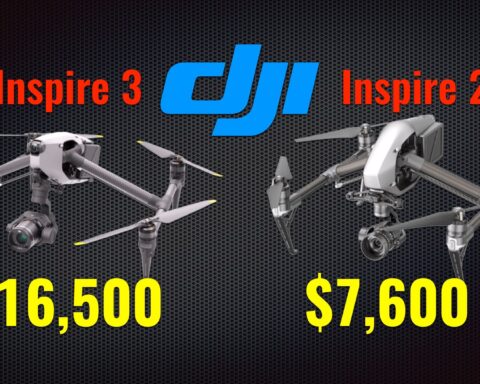


[…] article that demonstrates the comparison between REDCODE vs. ARRIRAW. Refer to our article “RED Explains How REDCODE Works, Plus New LUTs Are Coming Soon” Moreover, explore our Data Consumption Chart which indicates and simplifies various data […]